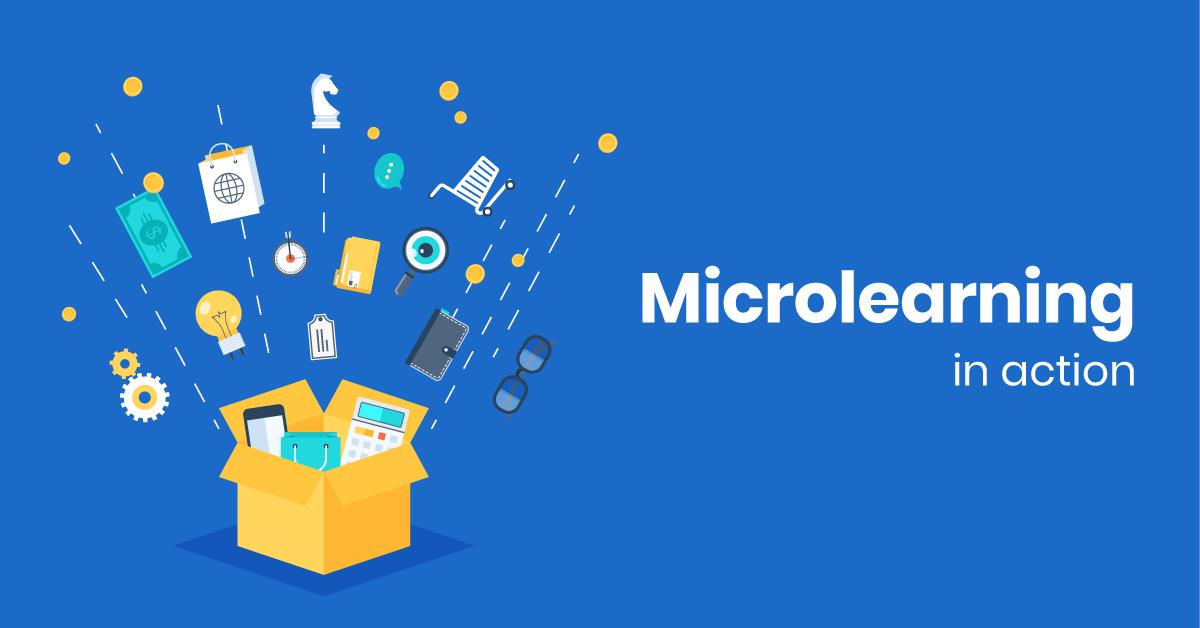But while eLearning is estimated to bring in around $110 billion global revenues by 2015, market pundits agree that there’s still plenty of room for the industry to grow both horizontally and vertically, as certain countries and certain industries have been quite slow to adopt it.
The maritime industry is one such case.
Of course, eLearning has started to make inroads there too, but it’s still not widely adopted as much as in most other industries. Which is surprising, because the nature of the maritime industry, and especially the shipping business, makes eLearning a great fit for it.
Of course there are practical skills needed in the maritime world that cannot be properly taught through eLearning — stuff that requires face to face training.
Still, that leaves all the other maritime skills and knowledge where eLearning is not merely applicable, but even more effective (in cost, time and results) than regular training.
Besides, a capable, modern Learning Management System like eFront can help businesses manage and keep track of both their online and traditional training needs, since it supports blended learning (aka Instructor-Led Training).
What makes eLearning a good fit for the maritime / shipping industry
The shipping industry is one of the most heavily regulated industries, with tons of complex rules, guidelines and regulations at the regional and global level that have to be followed — regulations such as construction standards, navigational rules and crew competence standards. This includes every rule issued by the International Maritime Organization (IMO), as well as export, environment and labor standards applicable to seafarers.
eLearning enables shipping companies to train their employees in navigating this complex regulatory landscape efficiently and in a cost-effective manner. Specifically, by embracing eLearning for employee training, maritime businesses benefit from:
Training Flexibility
eLearning lets employees educate themselves at their own pace, removing the need for time off work to attend physical classes. Unlike the latter, which have to be scheduled in advance and might be held in some remote location, online training is available to the workers 24/7, and can even be followed from the convenience of their own home.
In an industry with tight schedules, were there are often unexpected delays or rushed shipments, and that maintains offices and personnel the globe over (including in the middle of the sea), this flexibility is a real game changer.
Cost Savings
Online learning has an order of magnitude lower costs compared to traditional classroom based learning — and the savings only get bigger as the number of learners grows.
While cost per seat in classroom based training can vary, and the total training cost can skyrocket when you need to rent multiple classrooms to fit all your students, eLearning just incurs a small upfront cost which can cover thousands (or hundreds of thousands) of “seats”.
Besides eliminating the need to maintain or rent classrooms to deliver your courses in, eLearning also removes the transportation and lodging costs that are often incurred when sending workers to attend a course.
As for instructors, while you still need people to write any custom courses you might have, or interact with your students and oversee their training, eLearning is again much cheaper, as a single LMS platform can handle thousands of students with one or maybe a couple of instructors overseeing them all.
Central Deployment and Control
Maritime enterprises by necessity have to operate in multiple locations, not just within the same country, but often in many different countries around the world.
With eLearning, a single deployment which the IT department can easily manage, monitor and secure, can deliver training material to all those locations, while also providing central management of the whole process.
This enables maritime businesses to keep all of their employees up to date to the latest rules and regulations, as soon as they are delivered by the IMO and in the same, standardized manner.
The same flexibility of central management and immediate and cheap network delivery, makes updating eLearning material far easier and more cost effective compared to traditional training (as there is no need to print new physical manuals and textbooks).
Instant Insight
When you have lots of offices and employees scattered around the world, not only scheduling and managing their training becomes difficult, but also assessing its effectiveness.
At least that’s the case with traditional training. With eLearning, and the advanced reporting capabilities of eFront, managers can keep track of courses, groups of learners, or even specific employees across all of their global branches and offices, and stay ahead of everything training related, from attendance and test scores to certificates awarded.
Standardized Onboarding
As employee orientation (or “onboarding”) is nothing more than the fast-track training of new employees on their roles and responsibilities, eLearning applies here too.
eFront could be used with a special onboarding course to inform new hires of the company’s operating procedures and policies, and educate them in IMO’s and other agencies’ regulations and even sexual harassment laws and racial discrimination issues.
The latter could even be used as legal proof in case the company ever gets caught up in a lawsuit because of some employee’s conduct (though you have to ask your lawyer about that, as this differs between jurisdictions).
Conclusion
Given eLearning’s obvious (and numerous) advantages over traditional face-to-face training, and taking into account the maritime industry’s needs and use cases, we’re certain that online learning will continue its meteoric rise there too, as has been the case in many other industries.
Take eFront for a free test drive, and talk to our sales and support stuff about how you can leverage eLearning to make plain sailing of your training needs.


